

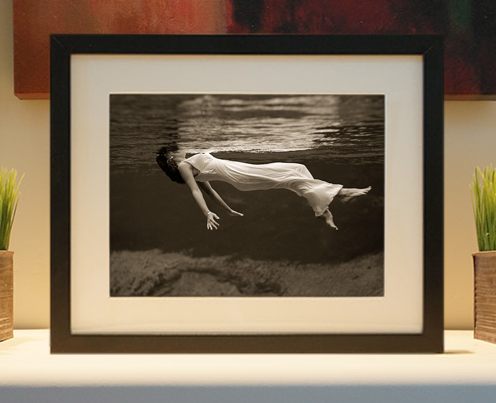
Framed or unframed, desk size to sofa size, printed by us in Arizona and Alabama since 2007. Explore now.
Shorpy is funded by you. Patreon contributors get an ad-free experience.
Learn more.

- Lofty addition
- In 1912
- Keenan Building
- Six years old
- Taken from the P.J. McArdle Roadway?
- It stood only 47 years
- Three track mind
- Incline to the right
- Reach for the sky, 1912 style
- No clean sweep
- Same Job Title, Same Face
- Sadly Lost
- Beautiful ...
- Where you get your kicks
- Aim High
- Pueblo Revival sisters
- Pueblo Neoclassicism
- Milk Man
- Regional dialect.
- Spielberg's inspiration
- Great Photo
- Loaf Story
- Do you still have the Rakes category?
- Could almost be a scene from the 1957 movie 'Hell Drivers'
- The Wages of Fear.
- Conspicuous by their absence
- Got Milk?
- All that aluminum
- No lefties
- Smoke 'em if you've got 'em
Print Emporium
The Accident: 1936
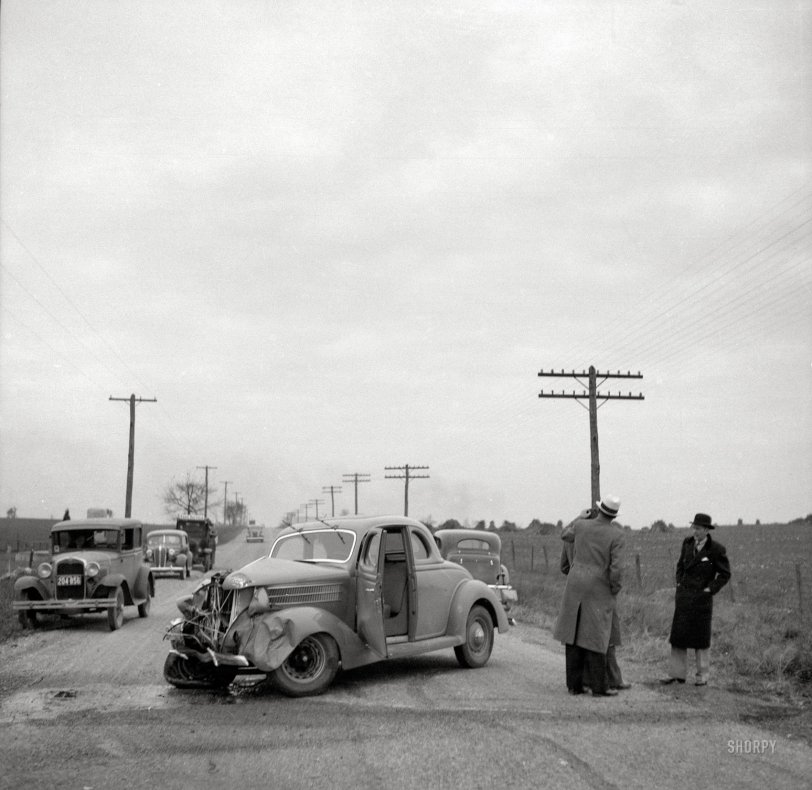
November 1936. "Automobile accident on U.S. 40 between Hagerstown and Cumberland, Maryland." Photo by Arthur Rothstein. View full size.
Ouch!
As a test engineer in the transportations safety industry I have to say that I wouldn't want to look at the accident particulars.
I wonder what the statistics were in that accident, without today's fancy safety features. How many killed, how many injured, what level of injury?
Grew up in Cumberand
The old tollbooth on Route 40 in Cumberland is still standing and is in great shape. On Facebook there is a page devoted to the architecture of Cumberland and recently they posted pictures from the 50's of a couple standing in front of it. It is a beautiful building. I can't post a link to a picture due to my network restrictions but it is a wonderful building and Cumberland is a marvelous city.
Closer to Hagerstown
Given the terrain, this was definitely toward the Hagerstown end of that drive...Cumberland's all hills, all the time. I lived in Cumberland as a kid, and flat land isn't too common out there.
National Road
As already noted, US 40 here is the old National Road, which was completed from Cumberland, Maryland, on the Potomac River, to Wheeling, Virginia (Now West Virginia), on the Ohio River, in 1818. It was extended east to Baltimore, a major seaport, by 1824.
The road was a marvel in the early - mid 1800s, and in this picture more closely resembles the old 19th century road than it does the Route 40 of today.
Judging by the terrain, this is a lot closer to Hagerstown than Cumberland - likely not far from where Interstate 81 crosses US 40 today.
Cumberland Road
Heard a very good presentation on the history of the Cumberland Road (aka The National Highway, aka U.S. Highway 40) last summer. According to the speaker and subsequent study, there was a real fuss kicked up in the hallowed precincts of Washington over the Constitutionality of the federal government funding such a project. The proponents of the initiative finally won, justifying the expense on the basis that the Constitution did provide for a postal service, and the road would facilitate that end. Tom Jefferson authorized the road in 1806, but construction didn’t start till 1811. The road started at Cumberland, Maryland, hence the name. Over the years it continued in bits and pieces westward, the subject of controversy, funding and politics. Its history is a great piece of our heritage.
The two well dressed guys probably belong to the Packard parked behind the Ford. One, a doctor perhaps?
High Impact
Take a look how the windshield wipers were flipped up by the force of the collision. The skid marks in the foreground plus the damage to the front right tire suggest the vehicle might have spun around and that there may be worse damage on the passenger’s side.
Route 40
My husband and I traveled this road many times 30yrs. after this photo was taken when we were stationed in the Military District of Washington. Nice drive with some darn good restaurants along the way!
Unlucky for the drivers, lucky for us
to have this shot. As Shorpy fans probably know, large-format vernacular photography ceased to exist during the 1930s except for newspapers and New Deal agencies (such as Rothstein's employer). And most of the newspaper stuff - even the newspapers themselves - is gone.
The Other Guy
I'd bet the other car in the accident isn't a car. The front end is pretty torn up, but not really all that pushed in given the amount of damage. If I was a betting man, I'd say he hit a large-ish animal.
Considering there were probably no seatbelts
I'm relieved to see the drivers-side windshield without a head-sized crack in it.
New or nearly new
The car is a 1936 Ford 5-window coupe, a Deluxe if the three horizontal bands along the hood are chrome.
The man in the white hat appears to be examining the head of the person behind him for injury. Hopefully (or not) there's another photo to accompany this one showing what this car struck.





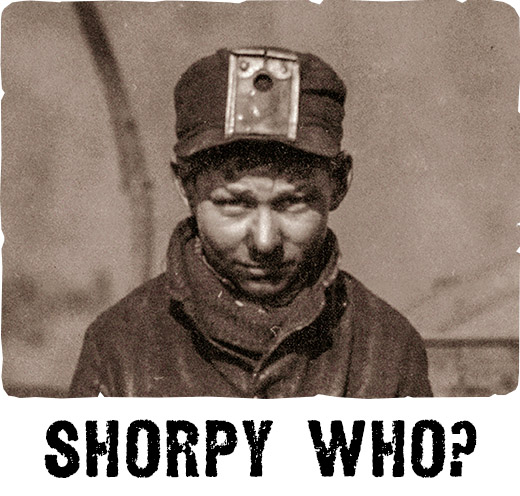
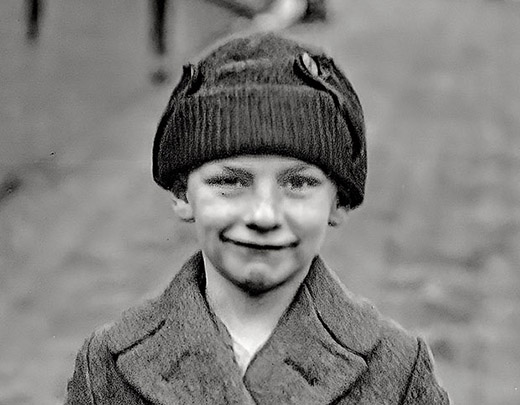
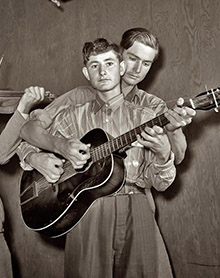
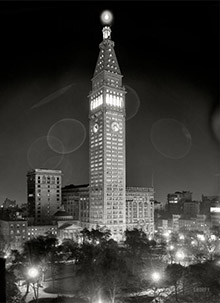
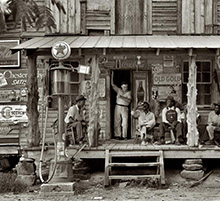
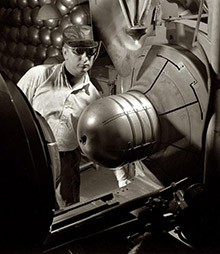
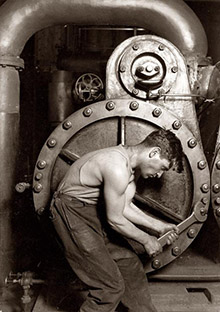
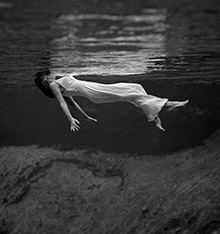
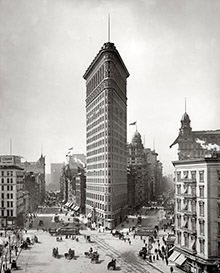
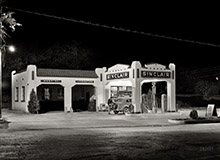
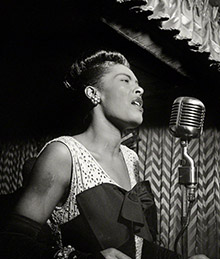
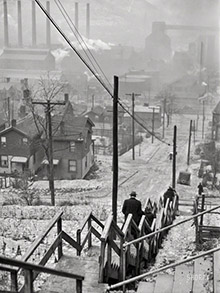
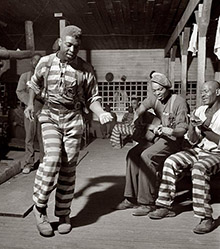
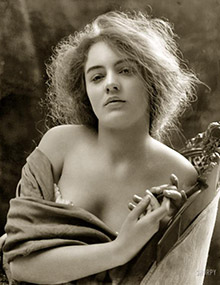
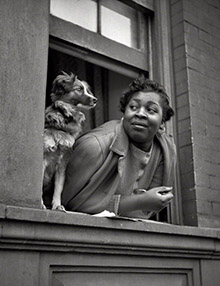
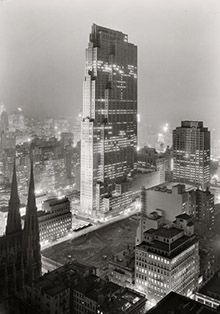
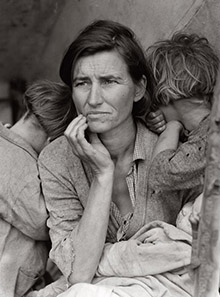
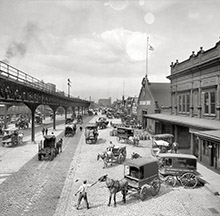
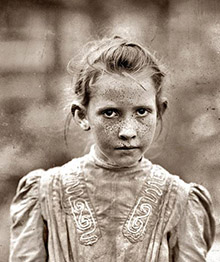
On Shorpy:
Today’s Top 5